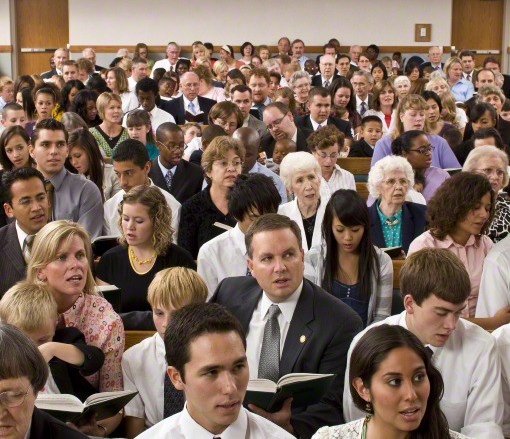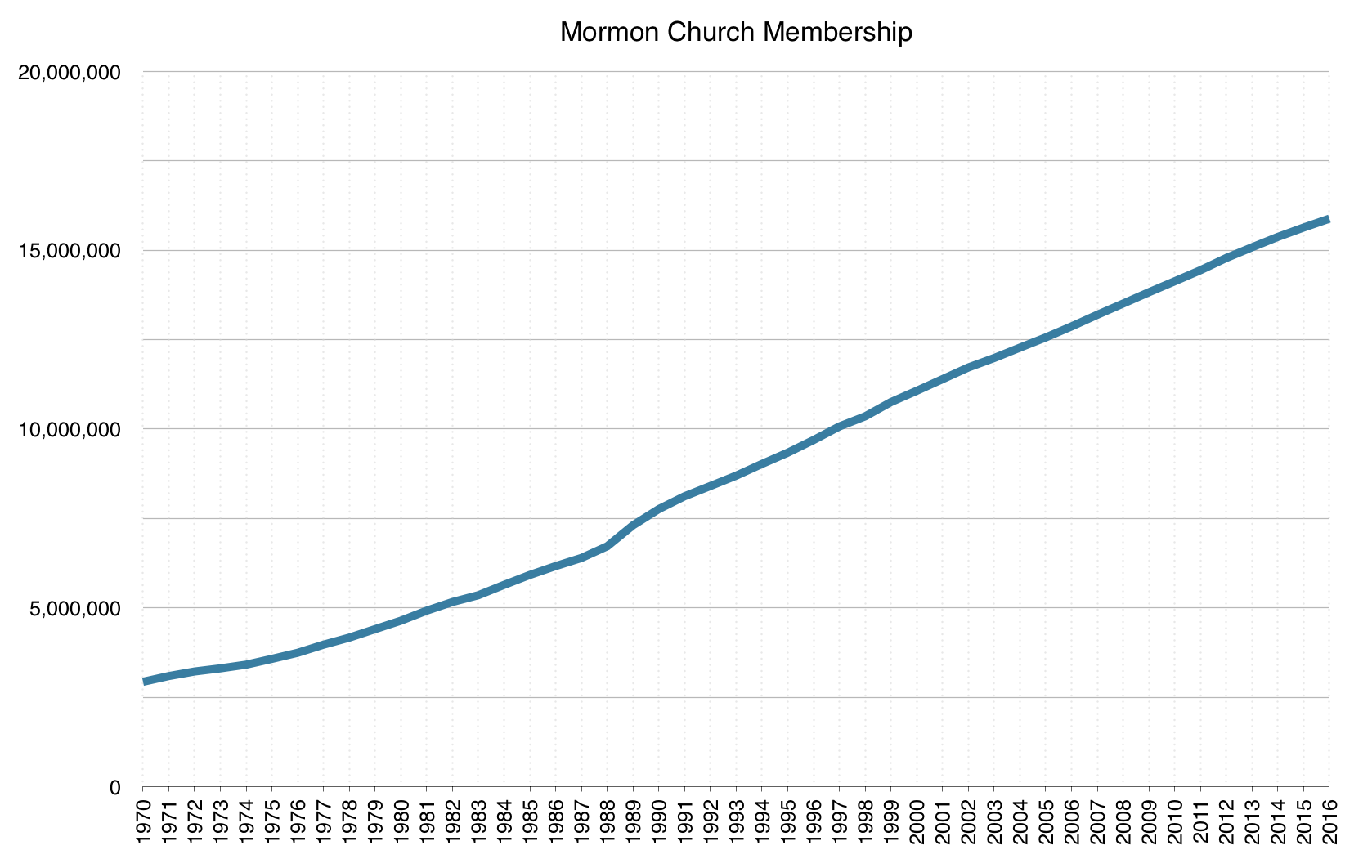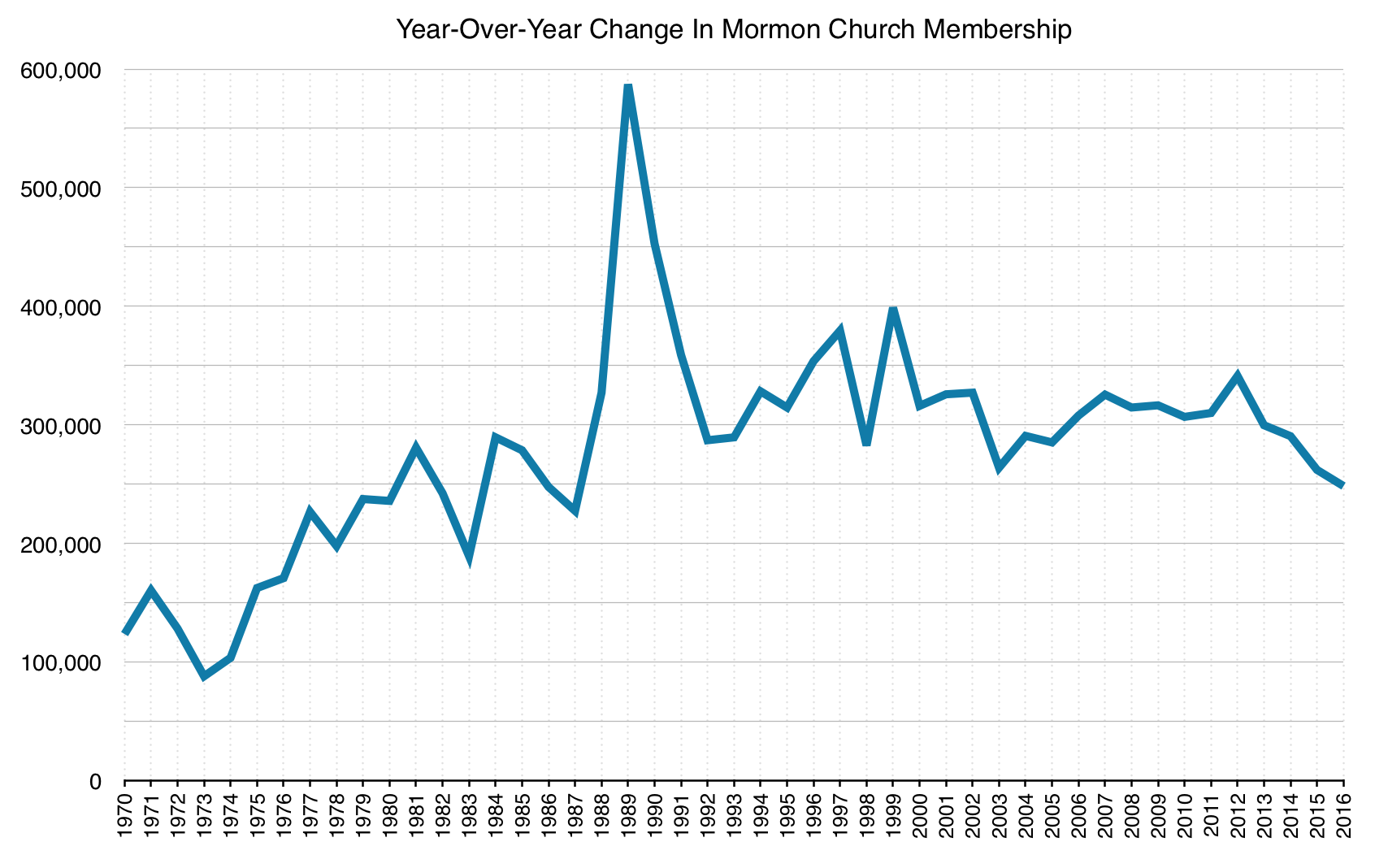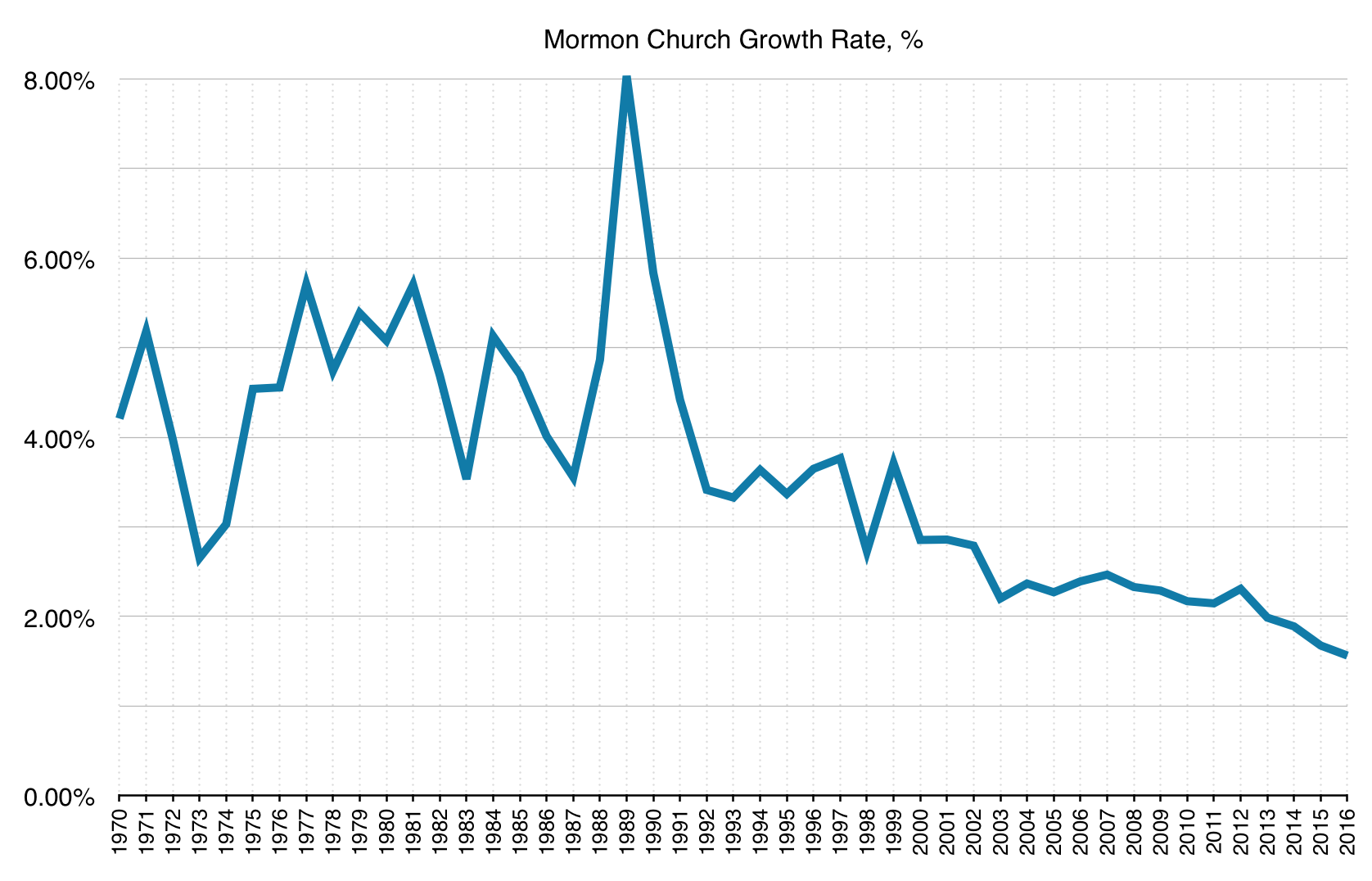Demographics
In the United States, the LDS Church is the 4th largest individual denomination with over 5.5 million members, a population about equal to the number of Muslims.
Only 12% of all Mormons live in Utah. Most Mormons do not live in North America.
Aside from the United States, other regions with significant numbers of Mormons include Mexico and Asia (1 million members each), South America (3 million members), and Central America and Europe (about half a million each). The rapid growth the Church has been experiencing in Africa, where the number of Mormons already passes a quarter of a million, is particularly exciting.
After Catholics, the LDS Church is the largest religion by number in ten U.S. states.
One way to classify religions is by grouping them into religious alliances. Religious alliances include those churches with central leadership and doctrinal uniformity (e.g. the Catholic Church) as well as those that lack central leadership. An example of the latter type is the “Assembly of God alliance,” which is comprised of many churches that are generally classified together even though each congregation has autonomy to teach as it pleases.
The LDS Church is the 15th largest religious alliance in the world and the 8th largest international religious alliance.
When one considers only religious bodies, i.e. those religions with central leadership and doctrinal unity:
The LDS Church is the 9th largest religious body in the world and the 4th largest international religious body.
(Note that for some religions, particularly the Eastern Orthodox Church, classification as a unified religious body was hard to determine.)
It is also interesting to consider those religions that are the most ubiquitous (meaning most likely to have a meeting place "near you").
The LDS Church is the 5th most ubiquitous religious alliance in the world and the 4th most ubiquitous religious body.
LDS Worldwide Statistics (as of 31 December 2016):
- Tonga: 60.23%
- Samoa: 39.59%
- American Samoa: 29.86%
- Niue: 25.29%
- Kiribati: 17.18%
- Cook Islands: 19.29%
- Marshall Islands: 10.15%
- Chile: 3.32%
- Palau: 2.37%
- USA: 2.03%
- Uruguay: 3.10%
- New Zealand: 2.51%
- Guatemala: 1.76%
- Honduras: 1.94%
- Bolivia: 1.81%
- Ecuador: 1.49%
- Peru: 1.88%
- Belize: 1.51%
- Total Number of LDS As of 2016:
- USA: 6,592,195
- Mexico: 1,417,011
- Brazil: 1,354,127
- Chile: 585,887
- Philippines: 745,959
- Peru: 578,526
- Argentina: 445,108
- United Kingdom: 185,848
- Guatemala: 267,470
- Canada: 195,180
LDS U.S. Statistics (2016) - Percent LDS:
- Utah: 67.70%
- Idaho: 26.42%
- Wyoming: 11.53%
- Nevada: 6.21%
- Arizona: 6.10%
- Montana: 4.81%
- Hawaii: 5.17%
- Oregon: 3.76%
- Washington: 3.94%
- Alaska: 4.56%
LDS U.S. Statistics (2016) - Total LDS:
- Utah: 2,065,808
- California: 771,464
- Idaho: 444,614
- Arizona: 423,056
- Washington: 287,433
- Texas: 348,130
- Oregon: 153,936
- Nevada: 182,617
- Colorado: 151,884
- Florida: 154,921
Worldwide, there are 30,304 LDS congregations, and the basic Church curriculum text is available in over 188 languages. The Church creates about two new congregations every day.
There are estimated to be between 350,000 and 500,000 members of the Church with African heritage, though exact numbers are unknown because the Church does not keep track of the race of its members. About 150,000 live in Africa, 10,000 (or more) in Brazil, 20,000 in the Caribbean, and perhaps as many as 50,000 in the U.S.
70% of Mormons worldwide were not born into the faith.
In 2016, the Mormon church grew to 15,882,417 members, which is about what we should expect, considering the trend since 1970. People sometimes say that the LDS church is growing exponentially, but the numbers show that it’s not; the growth is quite linear, especially since about 1990. Yearly membership is predictable; there aren’t any peaks or valleys in this chart, and growth is steady.
This graph shows year-over-year growth for each year. It’s simple to calculate; from the previous graph, we know how many members the Mormon church has each year, so to calculate the change in membership, we subtract the membership for each year from the preceding year. This figure isn’t specific about how these members are added; it’s simply a year over year change. Since 1992, there have been roughly 315,000 members added each year. The past four years have been down years, and 2016 was actually quite low, at 248,218, which is the fewest since 1987.
This graph shows the growth rate of the Mormon church. This graph is calculated by dividing each year’s change in membership by total membership for each year. In 2013 the growth rate dropped below 2% for the first time, and it has gone down since, with 2016 at 1.56%. The growth rate is erratic, especially before 2000, but it has steadily declined overall since 1970. Put simply, a smaller percentage of Mormons are new members than ever before. Like any other organization, it’s easier to have large growth rates when things are small. Now that the Mormon church is large, it’s harder to add ever-increasing numbers of people.
Some surveys suggest that the LDS Church has the highest U.S. attendance and service rates.
See Also
For graph resources, see RoundelMike.com
For other sources of statistical data, see allaboutmormons.com



